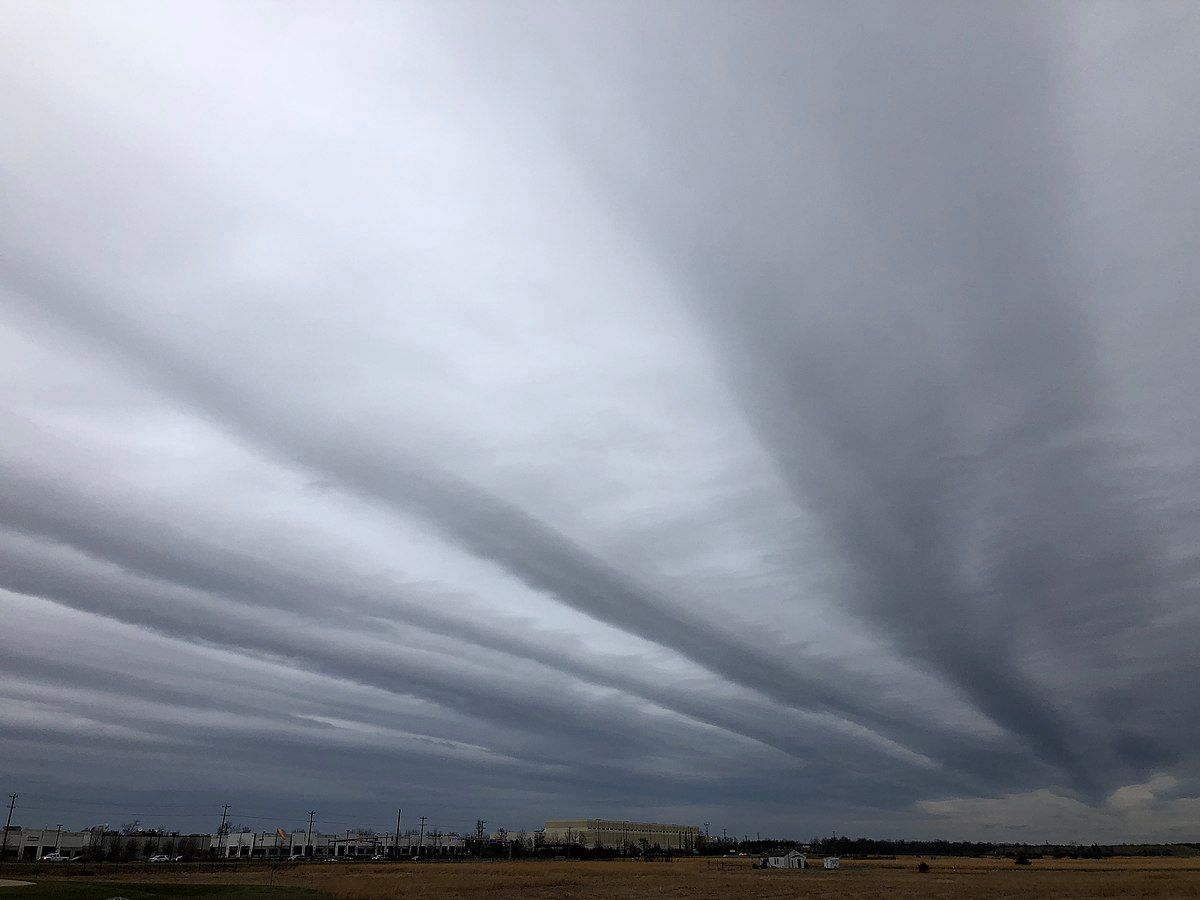
“
Rain is an essential part of our planet's ecosystem, sustaining life. By understanding the various rainy weather educational insights, young learners can appreciate the significance of each raindrop that falls from the sky. In this blog, we will delve into 20 fascinating Rainy Weather Educational Insights that are both logical and unique. These insights will help students develop a deeper understanding and curiosity about the natural world.1
1
”
Raindrops begin their journey high in the sky when water vapour cools and condenses into tiny droplets. These droplets gather together, becoming heavier and heavier until they finally fall to the ground as refreshing rain. 1
Raindrops are initially spherical due to surface tension. As they descend, they can become distorted into various shapes due to air resistance and collisions with other droplets, eventually resembling more of a teardrop shape.2
When a one-inch rainstorm occurs, approximately 6 million gallons of water are deposited over an acre of land. Considering that the average raindrop has a volume of 0.05 milliliters, this results in an astounding 120 billion raindrops falling on that acre. 3
In July 1861, Cherrapunji, Meghalaya, India received a staggering 9,300 mm of rainfall in a single month. Even more astonishingly, between August 1860 and July 1861, the 12-month record reached 26,461 mm (1,041.75 inches). That’s like having a waterfall pouring down every day. 4

Rain clouds, also known as nimbus clouds, appear dark and foreboding because they are packed with water droplets. These droplets block sunlight, signaling that a heavy downpour is on its way, and they can also lead to dramatic lightning and thunder.
On January 7–8, 1966, Foc-Foc, La Réunion—an island in the Indian Ocean—experienced an astonishing 1,825 mm (71.8 inches) of rainfall within just 24 hours. This remarkable event coincided with the passage of tropical cyclone Denise. 5
Rainfall is measured using a special tool called a rain gauge, which collects rainwater and measures its amount in millimetres or inches, helping us understand how much rain has fallen and providing crucial data for weather forecasting and water resource management.6
The Atacama Desert, located in northern Chile and southern Peru, holds the title of the driest spot on Earth. With an average annual rainfall of just 0.019 inches (0.5 millimetres), NASA also confirms its extreme aridity. 7
Raindrops fall at an average speed of about 9 meters per second. Larger drops can fall even faster, while smaller ones drift more slowly, creating a variety of rain patterns and influencing the intensity of the rainfall.8
During the period from August 1, 1860, to July 31, 1861, an astounding 26,470 mm (1,042 inches) of rainfall was recorded in Cherrapunji, Meghalaya, India. That’s like having a waterfall that never stops. 9
Raindrops vary in size from 1 to 6 millimetres in diameter. On average, they weigh about 0.001 ounces (0.034 grams). This range in size and weight affects the drop's fall speed and the overall intensity of the rainfall.10

Rainbows are nature's way of showing off after a rainstorm. They form when sunlight passes through raindrops, which act like tiny prisms, splitting the light into a beautiful arc of colours.
A raindrop's journey is an incredible cycle. It evaporates from the ocean, forms clouds, falls as rain, and eventually returns to the ocean, starting the cycle all over again, while contributing to the Earth's water distribution and climate regulation.11
Under specific atmospheric conditions, raindrops can evaporate before reaching the ground, creating a phenomenon known as “Phantom Rain.” These elusive raindrops contribute to the mystery of weather patterns and precipitation.12
Rain is crucial for replenishing our freshwater sources like rivers, lakes, and aquifers. It supports agriculture, provides drinking water, and sustains all forms of life, playing a key role in maintaining ecological balance and supporting biodiversity.13
Nocturnal animals like raccoons, opossums, and coyotes are more frequently observed during the day after consistent nighttime rain. Since their prey (rabbits, rats, mice, etc.) tends to avoid rain, the predators refrain from hunting. 14
Rainfall can alter the timing of phenological phases in plants. For instance, flowering may be delayed or accelerated due to changes in water availability.Increased rainfall can lead to pollen degradation and nectar dilution. Pollen may become less viable, affecting plant reproduction. 15
Mountains can create a phenomenon known as the rain shadow effect. As mountains block rain clouds, one side becomes lush and green, while the other remains dry and desert-like, demonstrating the dramatic impact of terrain on local climate and vegetation.16
Humans can create artificial rain through a process called cloud seeding. By spraying chemicals into clouds, we can encourage them to produce rain, helping areas that need more water and potentially mitigating drought conditions.17
On other planets, rain takes peculiar forms. Saturn experiences “diamond rain,” where carbon-rich precipitation crystallises into diamonds. Venus has sulphuric acid rain, while the blue exoplanet HD 189733b endures daytime temperatures over 1000°C and “glass rain.” 18


